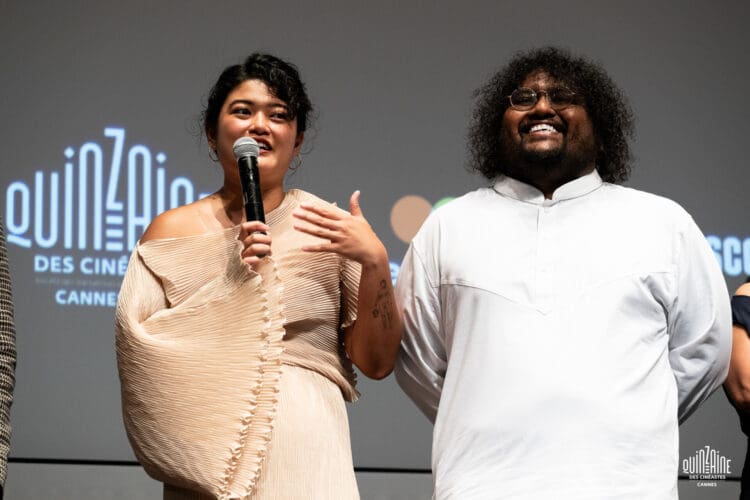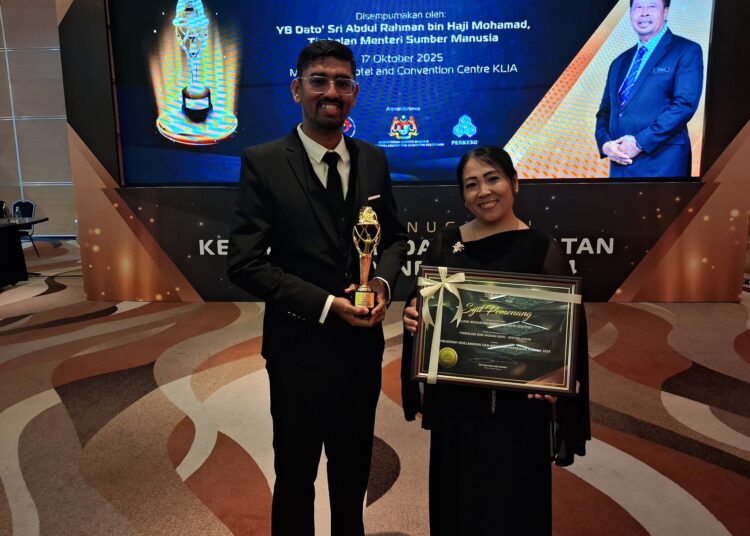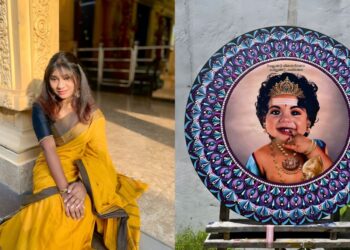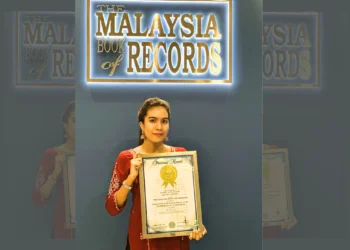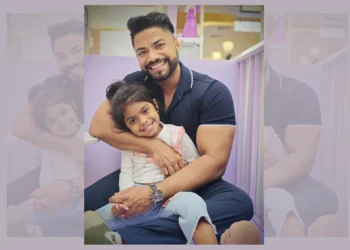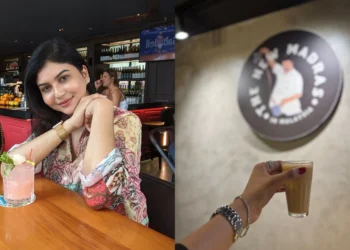“Cinema is a magical place, where you will meet people like angels.”
– Gogularaajan Rajendran
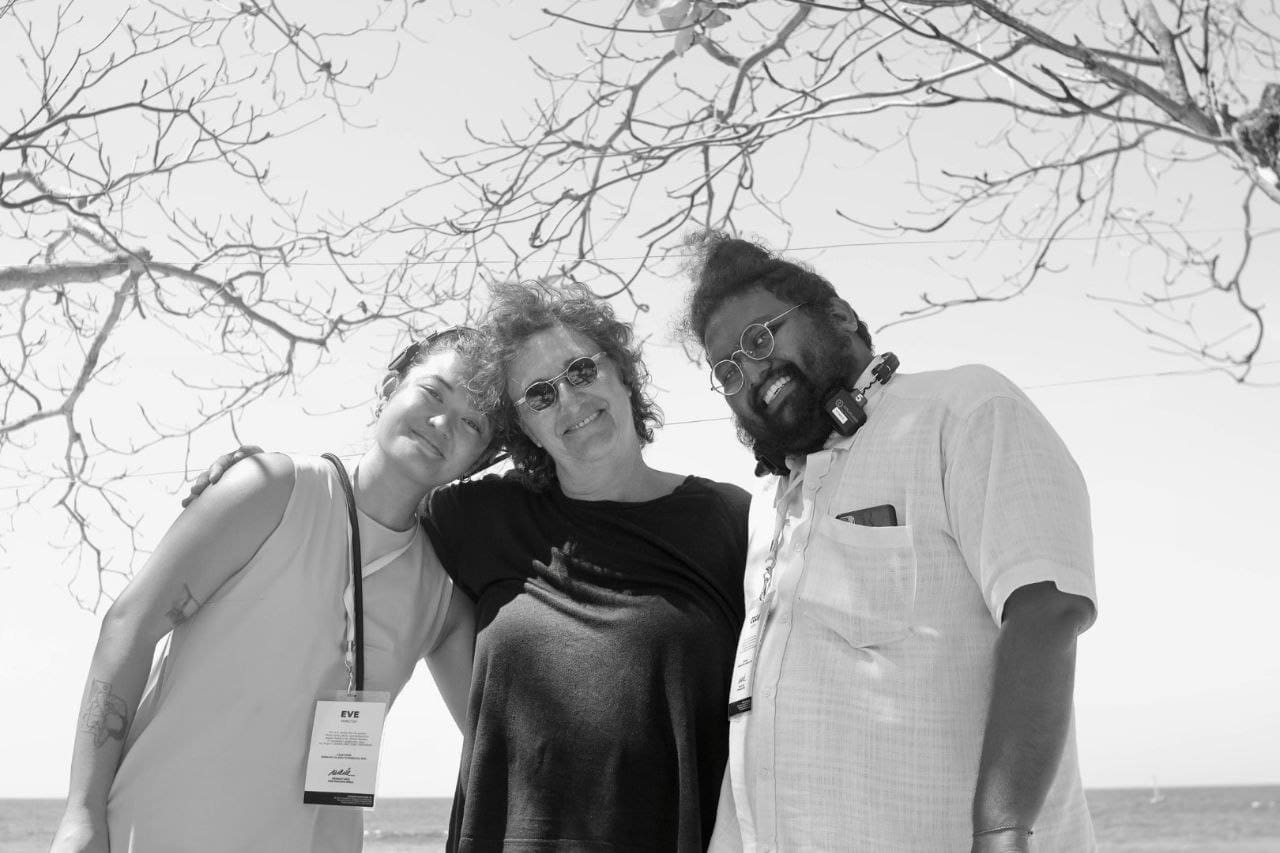
31-year-old Gogularaajan Rajendran is one of the most promising young Malaysian Tamil directors in Malaysia’s independent film landscape at present. The young director had been selected to attend the Cannes film festival under the prestigious and renowned Directors’ Factory programme, where Gogu, along with his Filipino co-director Eve Baswel, another brilliant young director from Southeast Asia, premiered their short film Walay Balay. Gogu had previously worked as the editor for Haran and Shobaan’s Metro Malai and had also recently been the assistant director of Sun-J Perumal’s Neer Mel Nerrupu, which was featured at the 2024 and had its Southeast Asian premiere at the Ho Chi Minh City International Film Festival 2024. In this feature interview, Gogu shares his experience working on the short film, understanding the Filipino film landscape, and making his debut at the Cannes Film Festival.
In 2023, Gogu was given the opportunity to participate in the Directors’ Factory by the curator and producer of the programme, Dominique Welinski. The Directors’ Factory under the Director’s Fortnight in Cannes is an annual director incubation programme, aligned with a new partner country each year, that selects eight directors to work in pairs to co-direct and co-write a short film. The selected country for 2024 was the Philippines. Both Gogu and Dominique had met in Goa, where Gogu was still in the early writing stages of his upcoming feature film Kali: The Depth of Darkness. Gogu had pitched his feature film as an application to the programme, which had then been chosen by the Directors’ Factory, earning him the chance to work in the programme alongside his co-director Eve. The programme took place in the beach town of Dapitan, located in the southernmost region of the Philippines, Mindanao, a region that has a strong anti-colonial and volatile history, a predicament that has continued to the present day, inspiring the political situation foundational to the short film Walay Balay. To Gogu, an outsider to the land, Dapitan had seemed like heaven on earth, with the beauty of the land elevated further by the warmth and compassion of her people, who never made Gogu feel alien or abandoned in this new space. Gogu describes how, although the region was in poverty with many residents living in small houses, the young children of the land played on the streets completely in ownership of it, in defiance of their economic and political reality. Dapitan, while currently a town reliant upon fishing and farming, is slowly being transformed into a space for tourism and cinema by the efforts of its mayor and local government.
On Creating Walay Balay and Humanising the Marawi Conflict

Walay Balay, meaning No Home in both Tagalog and Bisaya, the latter being the mother tongue of Eve, is a short film that explores the aftermath of the 2017 Marawi conflict through the relationship between a Maranao Muslim mother and daughter, the latter being played by Shaina Magdayao and and the former by Ruby Ruiz. The story, which was developed by both Eve and Gogu since October 2023, is partly rooted in the childhood of Eve, a Mindanao native who had grown up with the violence of the Marawi conflict. As the daughter of a Filipino army man, Eve had been exposed to the conflict from a different perspective. Although she too grew up with the intimate and brutal reality of violence, her circumstances did not allow her to view the occupation from the perspective of the oppressed Muslims. Her reality was one that shielded her from understanding the conflict more complexly; thus, in her childhood, she viewed Muslims as aggressors without realising what prompted them to initiate the struggle for an independent state. Through visualising the displacement of the Maranao Muslims in Walay Balay, Eve expresses the inter-connectivity between their alienation to the larger alienation of the many peoples of the Philippines, who have been uprooted from their indigenous consciousness by the violence of colonialism.
It is clear and important to me to see the story of the Muslim refugees because the Philippines was not a Christian country before the Spanish colonisation. Our ancestors were forced to convert to Christianity so they cannot be seen as enemies of the colonisers. Our ancestors who once owned the land and their identity eventually became lost in their own land stripped away of their own name. In a way, this is my way of telling that tragic part of our history through our characters who lost their home and are in search of their identities.
– Eve Baswel
The siege of Marawi, one of the oldest Islamic cities in Mindanao, happened in 2017 when ISIS collapsed the local government, occupied the city, and was warring against the Filipino government for nearly 5 months. Due to the violent conflict, many of the city’s residents had to evacuate, displacing nearly 300,000 people from their ancestral soil. Even after the reclamation of Marawi by the government, the Maranao Muslim refugees who had returned to their native land had been met with many bureaucratic difficulties. Till today, nearly 7 years after the conflict, many Maranao Muslims have not been properly relocated by the government. Due to the strong anti-colonial history that the Mindanao region has in fighting against the imperial subjugations of the Spanish, the Maranao people also refuse to bow to the hegemonic reign of the Catholic-dominated Filipino government, which is aggressively trying to centralise the Filipino landscape against the will of the masses. A way in which the government tries to claim power over the land is by demanding registered land permits from the residents of Marawi, who, in defiance of this neocolonial bureaucracy, refuse to abide by the self-made rules that the puppet government imposes on their rightful native land, a revolutionary spirit they have critically carried on since struggling against the violence of Spanish and American colonialism.
“Displacement is not new to us,” says Gogu, referring to how, as a descant of indentured Tamils who at first faced uprooting from their ancestral land in Tamil Nadu, and once again during the aftermath of colonialism, from the plantations, he too can understand the struggles of displacement, but he states that to him, the uprooting that Maranao Muslims have faced is far worse than the displacement of Plantation Tamils, for the Maranao Muslims had been made landless in their own land while the Plantation Tamils had been made landless on alien soil.
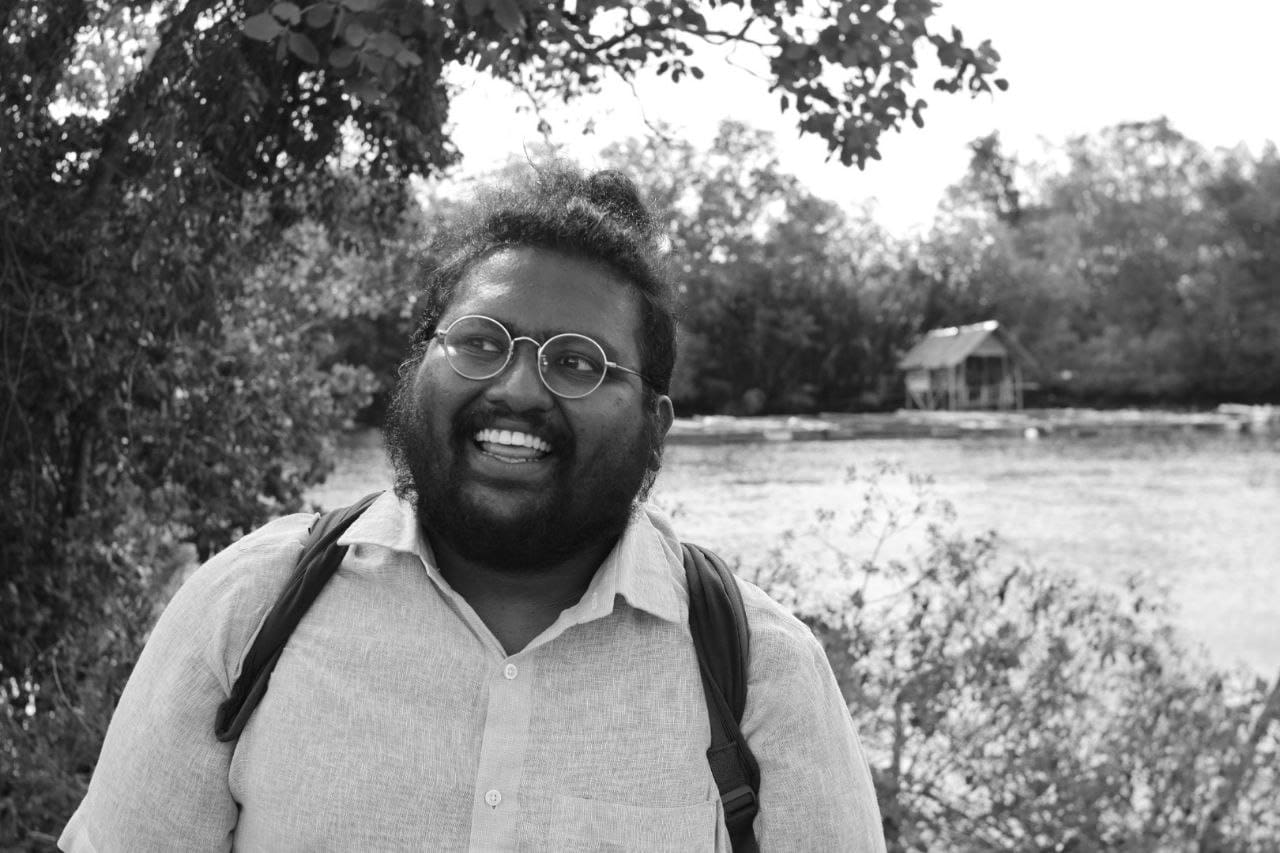
The film explores the meaning and memory of home felt between two generations of displaced Maranao Muslims, a mother and a daughter, who, through their emotions, express the strained contradiction between the older generation that wants to return to their ancestral homeland of Marawi and the reluctance to return expressed by the younger generation that has lived years in displacement. The narrative, while formed by the political objectivities of the Marawi conflict, is guided by the emotional subjectivities weaved by the mother and daughter. Gogu explained that the narrative is dictated by the guttural emotions of the characters rather than a political synthesis of the conflict, visualising how the shadows of old identities rooted in land, haunt the new realities of the landless.
Beyond the political history of the Philippines, Gogu was introduced to the many languages of the archipelago nation. Instead of being in the Maranao language, which is spoken by the Maranao Muslims, the film’s dialogue are written in Bisaya but articulated by the actors through a Maranao accent. To affirm its authenticity, both directors consulted with a language expert from the Marawi University. The film crew was from Manila, where Eve had learned her secondary education, and spoke mostly Tagalog. As Eve is familiar with the language, she would constantly translate to Gogu in English what was being discussed in Tagalog, making sure that he was always aware of the happenings on set. Through being exposed to so many new languages, Gogu came to understand the politics of how language was expressed in the Philippines and how, similar to the Malay language hegemony across Peninsula Malaysia and Borneo, there is an ongoing Tagalog imposition on other minority languages across the Filipino nation. He also became conscious of how indigenous people, even with a lack of governmental resources, preserve their languages by defiantly speaking in their mother tongue within their families.
While Gogu was initially nervous about handling this project about a land, people, and politics he was unfamiliar with, the precision and manner in which the film was shot nurtured within him the confidence to guide the crew without being consumed by fear of failure or inadequacy. A way in which Gogu was able to equip himself to understand the context of the Marawi conflict was to consult with Professor Raihan Yusoph from the Marawi City University to not only understand the conflict but also to further familiarise himself with the larger politics and mythology that are rooted in the landscape he was filming.
Gogu was able to help me see our history very objectively. He did his research about where I’m from and found interesting insights about Mindanao and its wars that still persists today. It was important for me to see my history objectively through Gogu’s research because it informs our way of storytelling, which focuses on the effect of war on the people who lived in the war-torn land, not focusing on the war itself.
– Eve Baswel
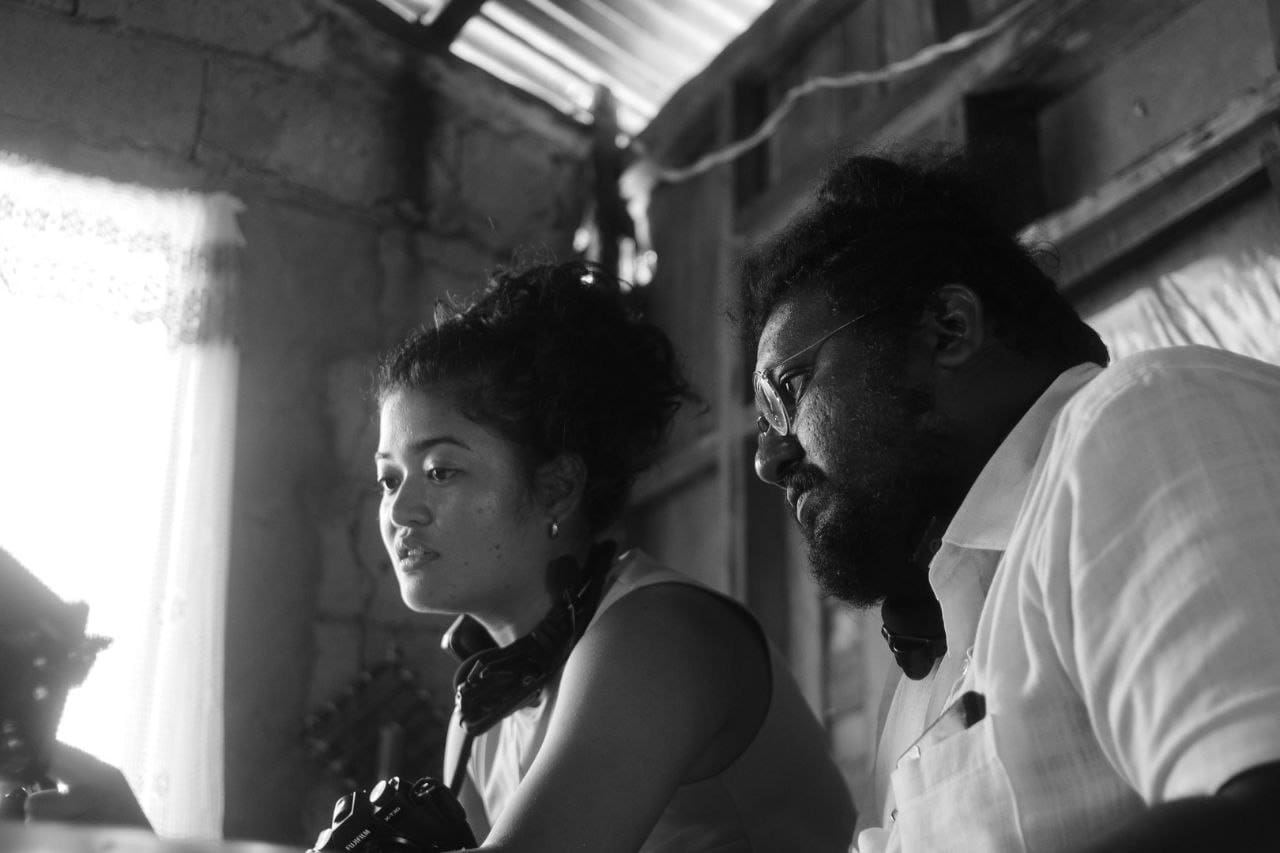
Gogu iterates that fear only leads to stagnancy and inaction, while confidence in oneself and the people around them allows the artist to actualize their vision in a concrete way. The crew that Gogu worked with was also filled with many LGBT people who handled important and vital technical aspects of the production. Gogu remarked in awe and admiration of how much queer and trans people have been able to make a prominent space for themselves, not just in his crew, where the AD he worked with was a trans person, but also throughout the Filipino media landscape. This level of substantial representation for the LGBT community in Malaysia is yet to be achieved in a country severely regressive in its policies and social understandings of the oppressed community. Gogu was exposed to a whole new world of queer and trans freedom of how even the technical language surrounding filming was refurbished with Filipino gay lingo. The production was so nurturing and emancipating that queer and trans film workers were allowed to express themselves, dancing about and keeping the set lively, entirely without fear of slander or violence. Beyond the joy of self expression, the queer and trans film workers were highly skilled, efficient, and competent when it came to completing their tasks.
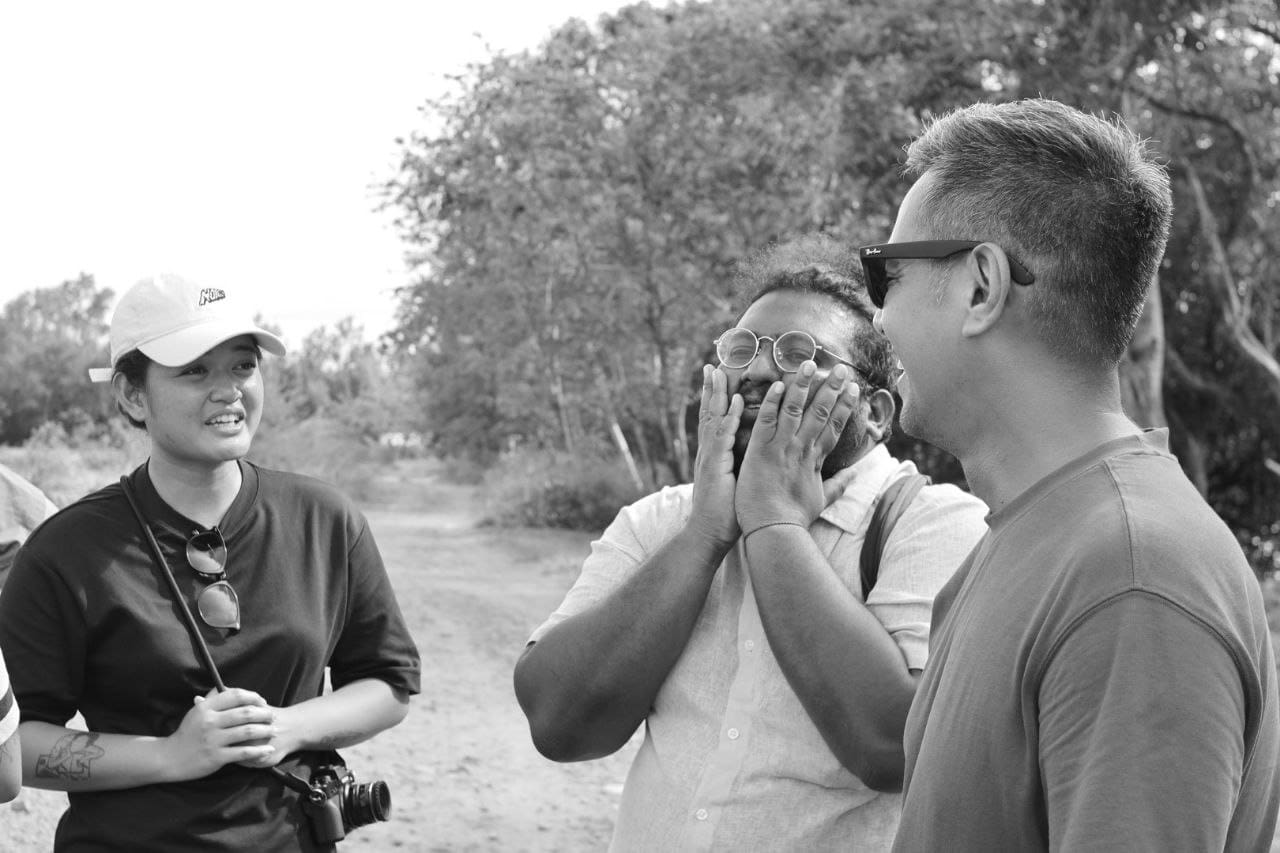
Another important experience of filming with the Filipino production team is that Gogu noted how efficient and precise they were in planning each shot. Each frame was meticulously discussed and dissected before the actual shoot, which allowed the co-directors to properly be focused on the actual filming process instead of worrying about how to pan out the scene during the shoot. Gogu especially extends his gratitude and admiration for their Director of Photography, Pao Lorenzo, a veteran in the film industry who has aided both Eve and Gogu in visualising their script. “He would say that our job is to dream; his job is to execute,” reminisced Gogu about the veteran DOP, who never once exerted seniority towards the young directors and had always remained humble and embracing on set with his hilarious banter.
One of the most memorable moments that Gogu had on set was during the filming of the critically emotional segment of the film, where the character of the daughter, played by Shaina Magdayao, who had previously worked with Lav Diaz, had to cry. The actress had spent 30 seconds internalising the weight of the scene, and after she was prepared to act, she gave a thumbs up, and the cameras began rolling. She turned to the actress played by the mother, looked deep into her eyes, and after intense eye contact, an expression that was not in the script, Shaina began to cry. “At that moment, I could feel the air getting heavier,” says Gogu. The entire crew on the set had been silenced and burdened with the pained emotion expressed by Shaina. The actress later said that crying is easy; it is finding the source of the crying that is important. She had learned this intimate and skeletal expression of human emotions from working with the independent Filipino filmmaker Lav Diaz, a director who pours his soul into creating emancipated cinema. During the last screening of the final cut of the short film, the producers of the film became very emotional and cried watching Eve and Gogu’s vision come alive.
Filipino Cinema and the Filipino Identity
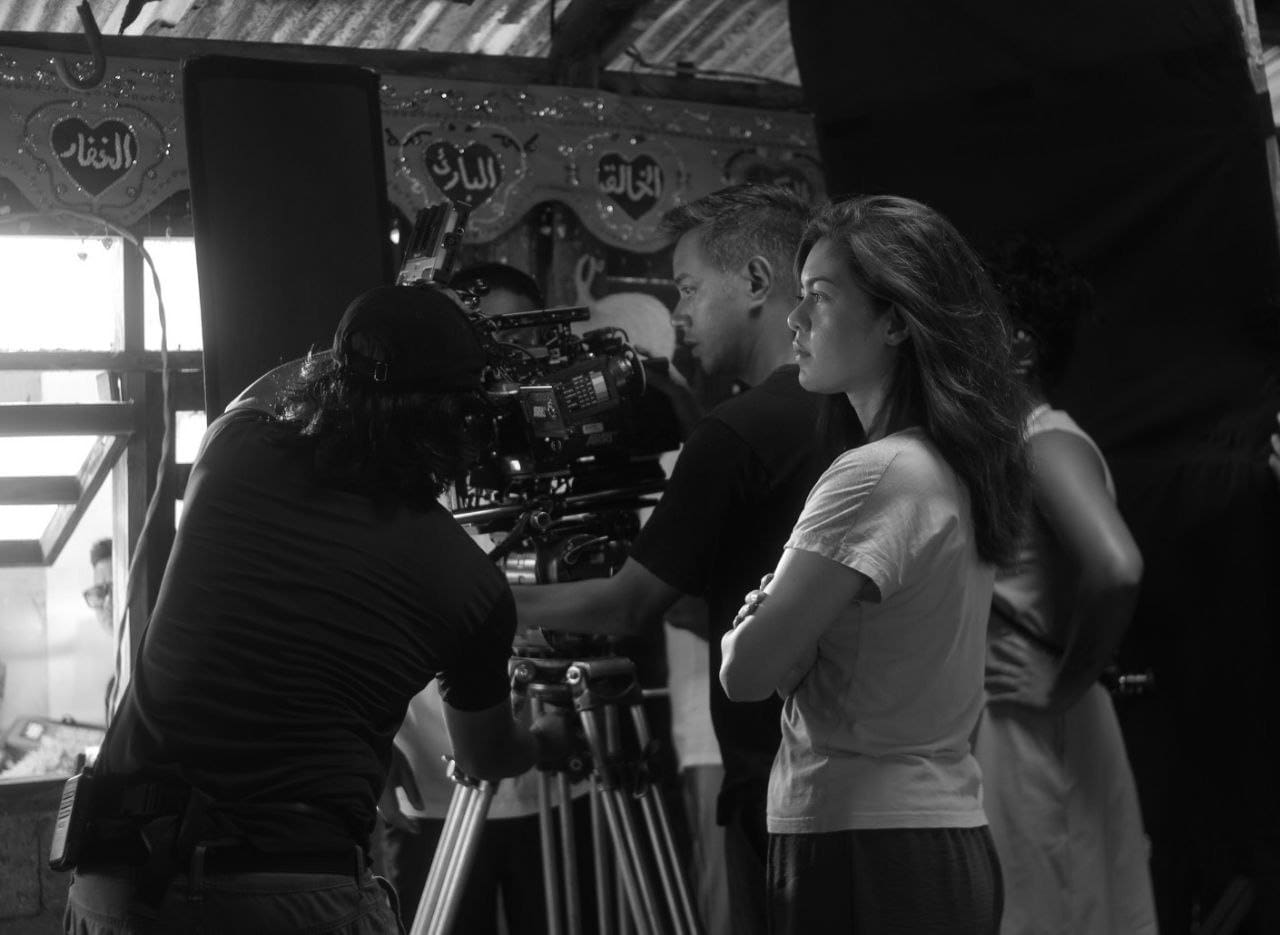
“The violence of colonialism is irreversible.”
– Gogularaajan Rajendran
Gogu explains that due to the colonial occupation of the Philippines by the US, the Filipino people had been exposed to a more proper cinematic landscape that had matured by the 1950s. He details that while the contemporary Filipino film industry does have a saturation of generic commercial films, there is a healthy, thriving, and prominent independent Filipino cinema with mentors such as Khavn De la Cruz, Rox Lee, Lav Diaz, and Kidlat Tahimi, all of whom Gogu highly looks up to. For the young director, the Filipino nation nurtures a healthy space for film culture to grow, with a range of experimental, exciting, and diverse directors. Beyond the surplus of creative film practitioners, the country has also developed a sustainable industry that allows for the development of both films and film workers with co-production funds from the Film Development Council of the Philippines, Cinemalaya, Qcienma, and Singaporean productions. “While some directors struggle for money, their talent is pure and they have a strong voice,” says Gogu.
Instead of alienating the creative spirit of artists from the political reality of the Philippines, Gogu critically perceives and understands how this creative expression of Filipino artists emerges from their anger towards the political turmoil of their country and the chaos of colonialism. Gogu details how Filipino artists are trying to reclaim their roots and identities that were and are mutilated by both the colonial occupation and the national creation of the Philippines. Some artists in the Philippines are trying to reclaim their pre-colonial roots by learning from oral traditions and connecting to the mystical and spiritual heritage of their ancestors. The collective rage of the artists who are uprooted from their identity, further aggravated by the Marcos-Duterte fascism that they are incarcerated by, would be a ripe situation for a revolution to usurp power from the ruling class, but Gogu retorts that “a revolution is not possible in the Philippines because of its geography.” Like many others who have pointed out, Gogu too believes that because the nation is an archipelago condensed with many islands posing their own micropolitical contractions, it is near impossible for the people of the Philippines to struggle together for their emancipation. While that may be true, there are growing movements such as the People’s New Army under the Communist Party of the Philippines that is currently waging armed struggle against the fascist Filipino puppet regime and the US occupation while the National Democratic Front of the Philippines are organising the Filipino masses to struggle on the democratic lines for their freedom as a united people and united land.
Southeast Asia’s Santai-ness and Tamil Spiritualism
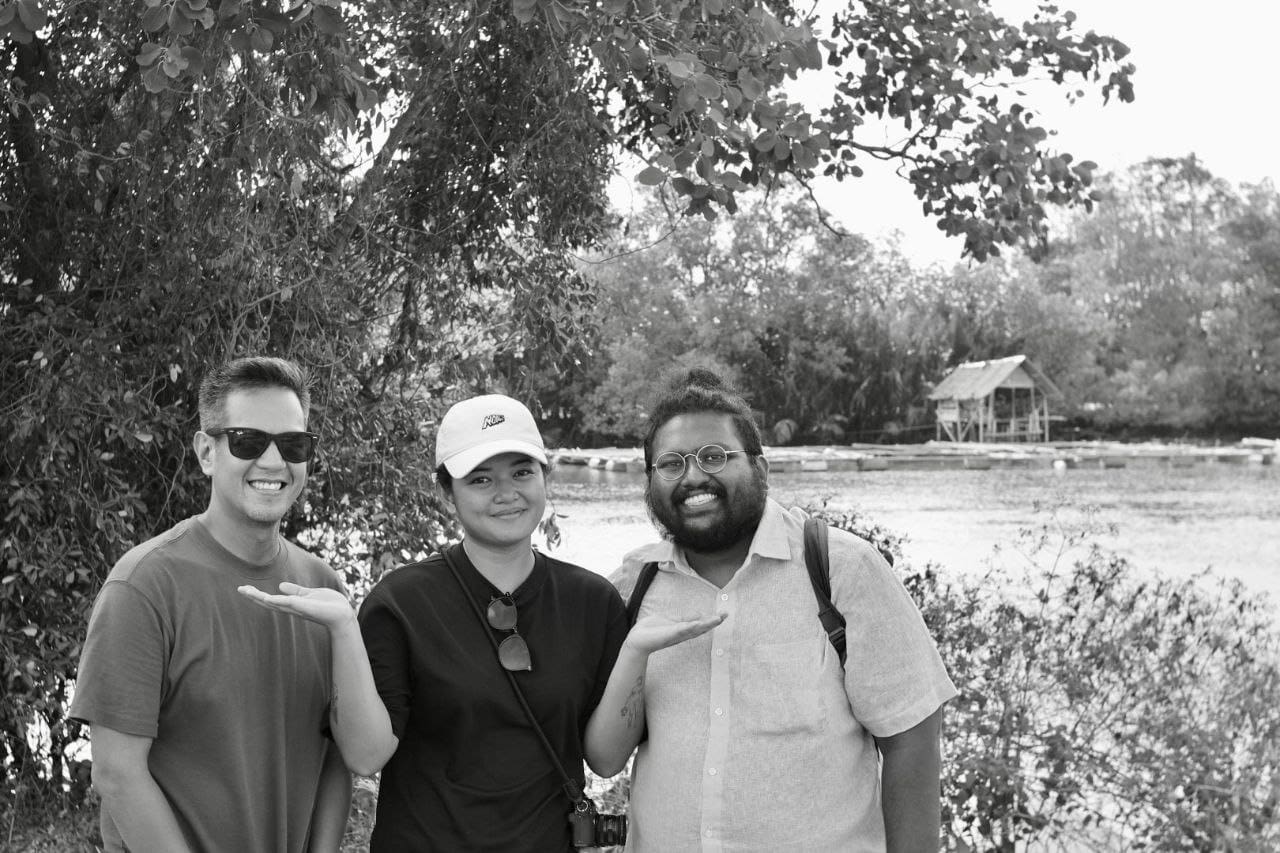
On a philosophical level, Gogu sees the Filipino people as only slightly different from other Southeast Asians due to Catholicism being their predominant religion, but apart from that, he perceives them to be just as part of the Southeast Asian cultural ecosystem. He explains that the Philippines is just an alternate reality to the other lands of Southeast Asia, merely a different shade of the same colour. Like in the previous interview with Gogu, he reinstates once again the concept of santai being the rooted philosophy that the Southeast Asian land and people, except for the hyper-capitalist Singapore, devoutly abide to. Santai is the ideology of being idly one with the existence of nature. “Naama inga raja mathiri vaazhra makkal,” says Gogu in Tamil about how the people of this region live like kings.
I’ve learned how Gogu is able to make sense of the world spiritually, and it was a joy to watch and practice. As a writer, themes and meaning come to me last in the writing process, but with Gogu, he can always see meaning and how it relates to everything. Our differences in our filmmaking process pushed the story and film forward in a way that we never could’ve done if it weren’t for trust and respect for each other.
– Eve Baswel
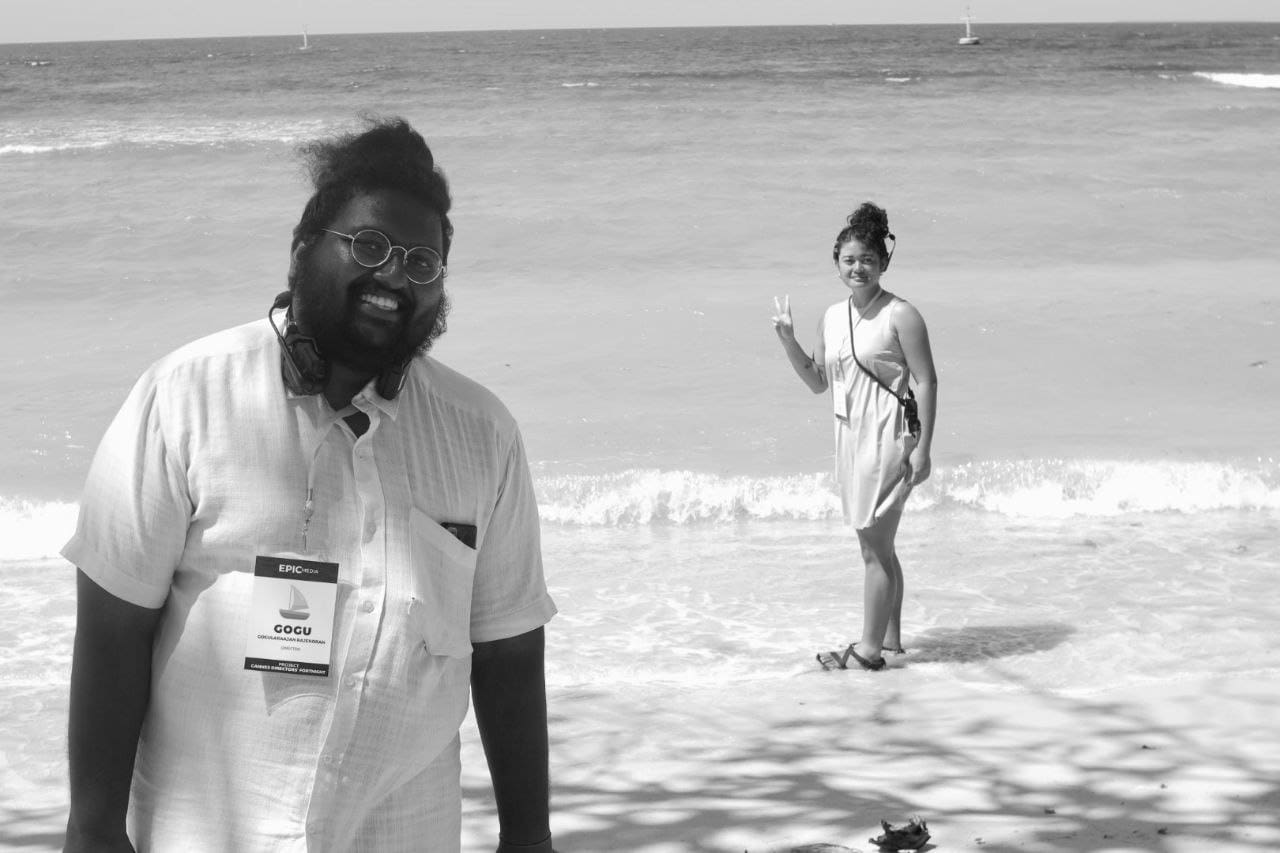
As for the ideological root of Tamil Nadu, Gogu feels that it’s spiritualism that is at the rhizome of the Tamil land and the Tamil people. Iterating how the language itself bears a lot of theological resonance to him, from the philosophical poetry of Thiruvalluvar’s Thirukural to the liturgies of the saint Vallalar. Gogu elaborates on how many of the spiritual compositions made in the Tamil language, including the works of Siddhars, were all rooted in search of the ultimate truth of existence, and he sees their devotion integrally embedded with how he perceives the Tamil language as something esoteric and theological at its grammatical root. “Every word evokes a spiritual meaning,” says Gogu, who believes the language to be designed with spiritual metaphysical consciousness. He also feels that a lot of this spirituality is lost in contemporary Tamil Nadu society because it has been violated by the ideological barbarity of capitalism. As a Malaysian Tamil, Gogu sees himself as an amalgamation of both these regions and their philosophical interpretations, of being both Santai and Spiritual in his being and practice.
Reflections from Cannes
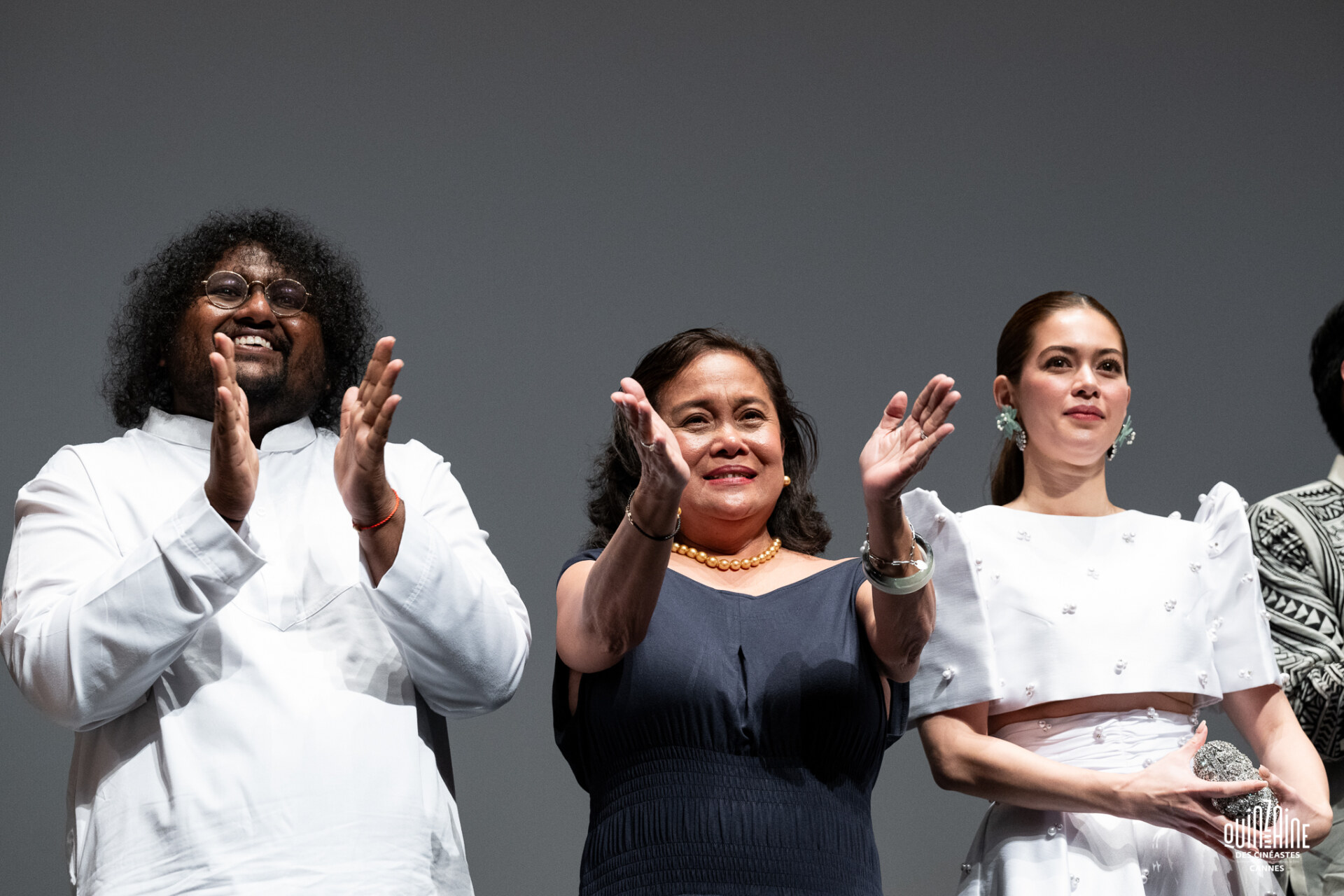
“It’s not so cold; it’s nice when the sun comes out; when it’s sunny for two days, it begins to rain the next. The wind beats fiercely,” Gogu sweetly says about the environment of Cannes as a beach town. He recounts how every time they walk from one event to the next, the beach is all around them, connecting the international film festival to this beautiful small beach town. The whole festival was engulfed with filmmakers, film producers, and film writers; every aspect of the place was drenched in the spirit and soul of cinema, something that completely enraptured not only Gogu but everyone who was there. Walay Balay premiered on May 15th, and it was the first film that both Gogu and Eve had watched in the entire Cannes festival. Since it was his debut in Cannes, it was also the very first time he got to observe how screenings actually happened at the festival, which was very overwhelming for the young director. Their premier, which happened at the Théâtre Croisette, which has 800 seats, had been a full house. Before the screening of the films, they had screened those who had previously participated in the Directors’ Factory, which featured many big names; before that, it had not sunk in to Gogu and the other directors how significant and momentous this space was. To be in that big hall, where everyone had clapped and cheered, felt amazing to them, which, along with Walay Balay, screened the films of the other directors in the programme. After the screening, the subsequent days were filled with pitching their feature film ideas to producers and production companies, along with a host of networking opportunities.
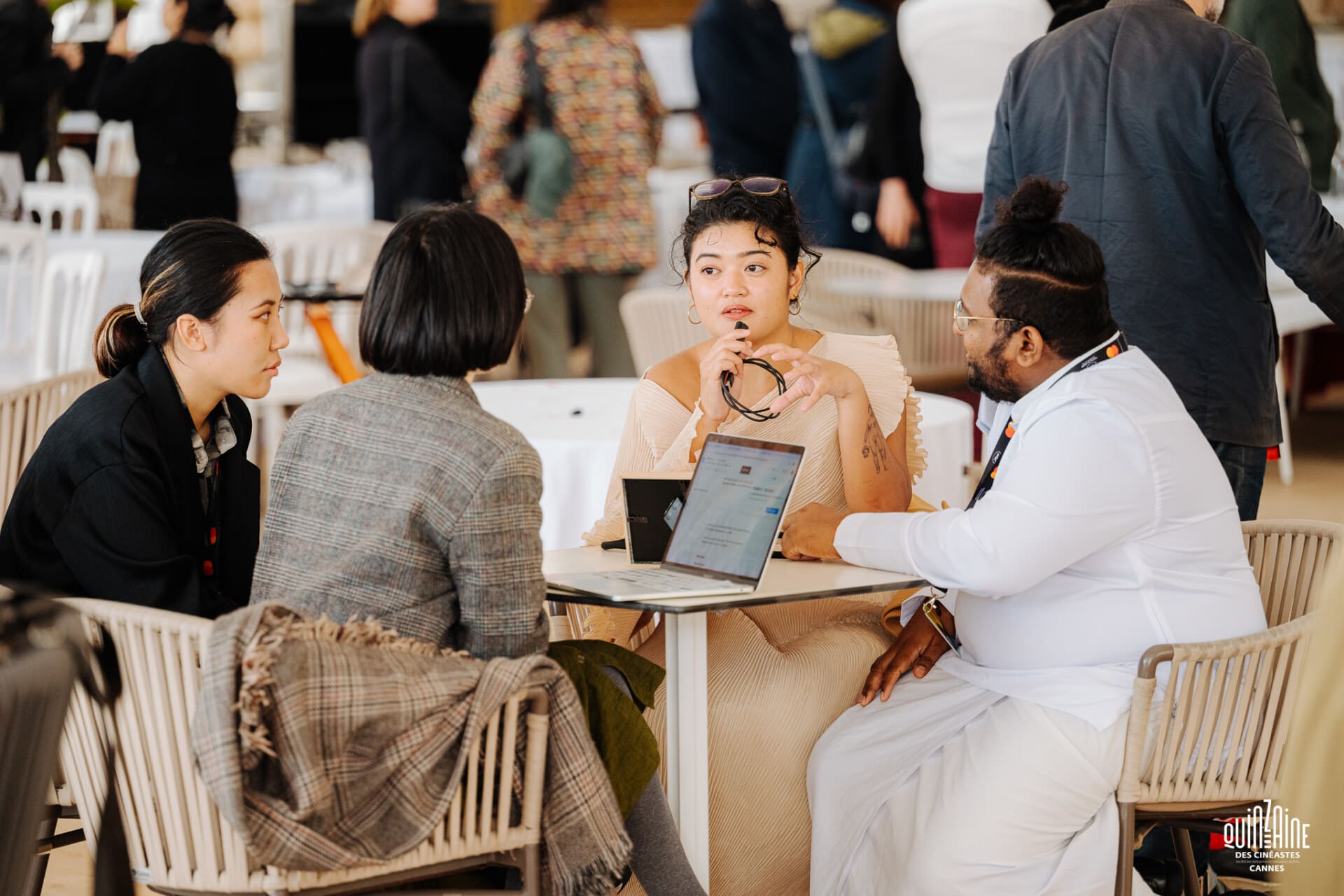
“I want to continue this chain of goodness,” says Gogu, who wants to help other young directors with opportunities like the one he was lucky enough to get. Gogu also spoke of how in the cinema industry you will meet a lot of people, like angels that will make you believe in the magic of the world and of God. He extends his outmost gratitude towards his producers Dominique Welinski, Bianca Balbuena Liew and Bradley Liew for this incredible opportunity. He feels immensely fortunate that he has met the right people at the right time, and the stars had aligned for this to happen. In the immediate future, apart from developing his script for his feature film Kali, Gogu hopes to acquire the funds for developing his documentary project, Plantation Life: As It Was, and to work on short films while he prepares to shoot his feature.
All Images Are Provided By Gogularaajan Rajendran.
This is a Varnam Exclusive Feature! Reproduction requires a credit to Varnam Malaysia.
Follow us on Instagram, Facebook or Telegram for more updates and breaking news.


